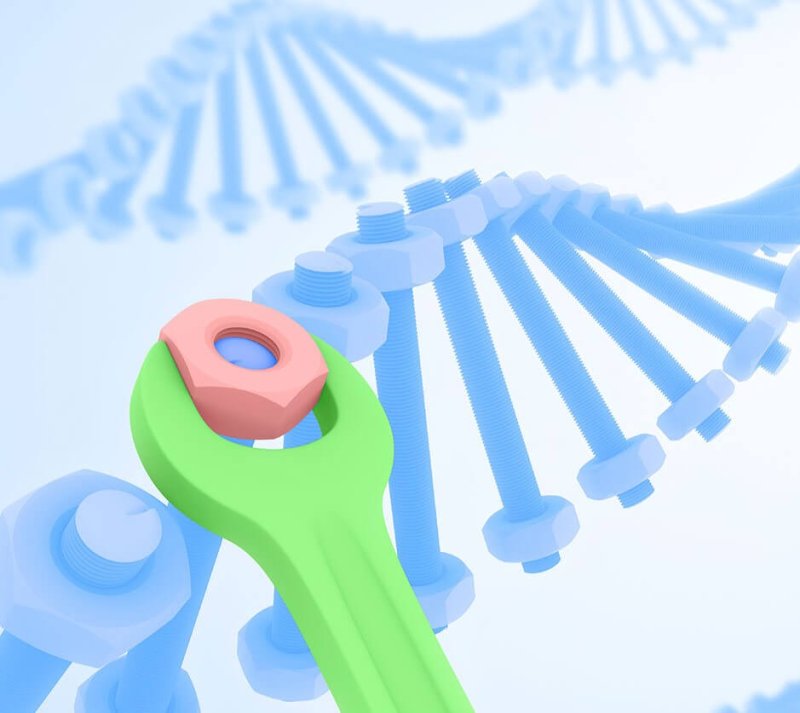For a few lucky patients, 2016 was the year when gene therapy turned from promises to cures. The technology…made big advances and began turning into a real business offering some of the world’s most expensive and revolutionary medicines.
Here’s what happened in 2016.
…
The dream of gene therapy is to fix your DNA so you’re not sick anymore—a “cure.” During 2016, Italian scientists at Milan’s San Raffaele Telethon Institute for Gene Therapy reported that they had cured 18 children of a rare but terrible immune deficiency disease, ADA-SCID.
…
In February, doctors in Texas were laying plans to inject genes from light-sensing algae into the eyes of a blind person, potentially restoring the ability to see. The test, carried out a month later, was the first time a whole gene from a different species had been used in a human being.
…
With so many promising results in human tests, 2017 will be the year that several gene therapies end up before the Food and Drug Administration. These include a treatment for hereditary blindness developed by Spark, Glaxo’s Strimvelis, and cancer treatments from Novartis and Kite Pharma.
The GLP aggregated and excerpted this blog/article to reflect the diversity of news, opinion, and analysis. Read full, original post: Everything You Need to Know About Gene Therapy’s Most Promising Year































